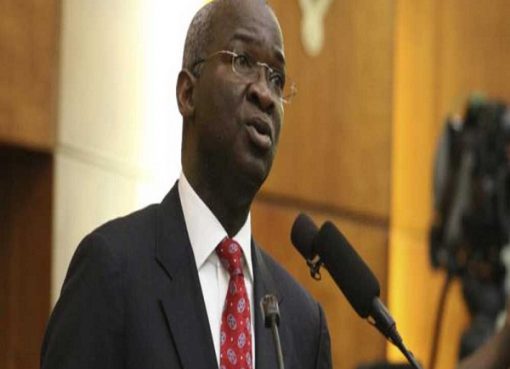As a project developer, in the DER space, the opportunity to share our insights and experiences on this topic is a huge honour. DER’s in my opinion represent the most comprehensive solution to transition of the energy industry globally. As the Energy transition gathers pace, the benefits of deploying flexible decentralised generation assets is becoming more and more attractive to the incumbent state owned power generators, as well as the small independent power producers. Throw the need for decarbonisation of energy systems into the mix and the picture becomes even more complex. To energy professionals these challenges have become the challenge of the day- with innovation and sustainability driving the global charge towards net zero emissions across all industries and sectors. Innovations not only in new technologies but in supply chains, business models, macro and micro economics.
When we look at the developed world we can see the huge progress made in deploying DER’s in community energy programs, industrial clusters and home solar initiatives to drive adoption of new energy. In the developing world the context is somewhat different. My expertise comes on the African continent, and thus I will focus this article on the growing need for decentralised energy to meet the rapidly growing energy demand on the continent.
Decentralised clean power systems: Africa’s greatest opportunity.
With the continents population ever growing it is estimated that Africa will have 2bn inhabitants by 2030. This population increase comes with an increased demand for energy. If the global challenge is to reduce GHG emissions, then it is imperative that significant focus is given to the continent to ensure that as energy access increases we are on-boarding new energy users on clean renewable energy. Just over 50% of the African continent do not have access to secure consistent power, this has huge negative socio-economic impacts, limiting employment, education, investment and development opportunities. The lack of power is significantly more destructive in rural settings where the challenges are amplified ten-fold, communities are often neglected by national development strategies and the last mile assets that offered some temporary hope simply aren’t enough to significantly improve living standards.
As fossil fuel assets continue to be divested from on the continent the opportunity for wide scale renewable generation represents the ideal replacement for new energy generation and climate action in Africa. The only other competitive option seems to be LPG with significant investment going into gas applications in Africa. Nonetheless the lifecycle of gas assets is estimated at around 10 years, so in order to bring about a longer more holistic and permanent change investment in decentralised renewables appears to be the most viable option for universal energy access in Africa.
With agriculture being the primary occupation in rural Africa the opportunity for co-locating renewable generation assets on or near agricultural sites will create opportunities across supply and value chains, it will increase storage capacity for produce, improve productivity, and offer more employment opportunities which will lead to greater economic resilience of the host communities. Co-located decentralised energy systems do not have to be huge to have this desired effect. As the cost of solar continues to plummet it seems a no brainer that mini grids should continue to be deployed in rural regions. However, as pivotal as solar is, solar alone does not offer the full value opportunity in the context of the energy needs for rural African regions. The ‘hybridization of decentralised resources offers an even greater value and development proposition. Bioenergy produced from agricultural wastes and energy crops can offer a full circular economic platform whereby residues from farming activities are not discarded but used as feedstock for energy generation. Technology now exists to convert more agricultural wastes into power or biofuels. The extrinsic effects of hybridization is that it will limit deforestation, illegal fuel blending and offer significant economic and health benefits to users. It is estimated that nearly 2m people per annum die prematurely from indoor pollution in Africa alone. This is because the primary fuels used in poorly ventilated homes are firewood, kerosene, charcoal and animal dung. These are the cheapest and most readily accessible fuel sources to inhabitants of rural zones. By introducing bioethanol as a clean affordable alternative that is produced by the locals the adoption of clean cooking fuels can have huge positive climate impact potential and needs to be scaled to save lives and reduce emissions associated with domestic fuel consumption in these zones. The best thing about bioenergy is that the feedstock are plentiful and cheap, the technologies are mature and the business models attractive. DER’s extend beyond mere power generation and if we are to truly ‘leave no one behind’ then decentralised hybrid energy clusters producing both clean power and clean fuels in my opinion offer the optimum solution for the poorest people in the world . A solution that will accelerate development and at the same time reduce reliance on fossil heavy dirty fuels and create an environment where the locals can be directly involved in the generation of systems that will have direct tangible benefits in the short, medium and long-term.
Source: Energycentral










